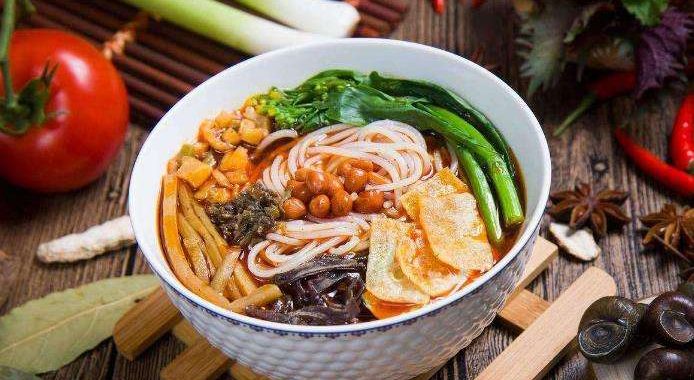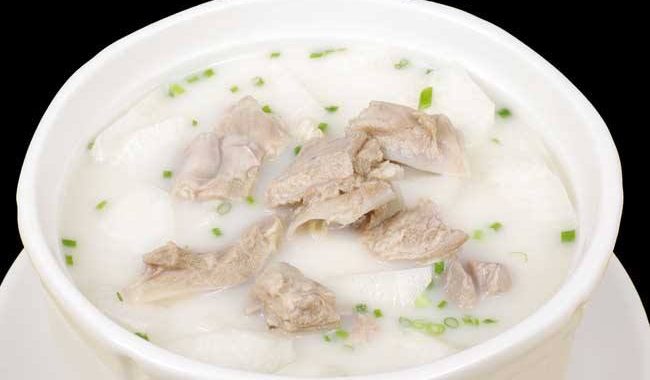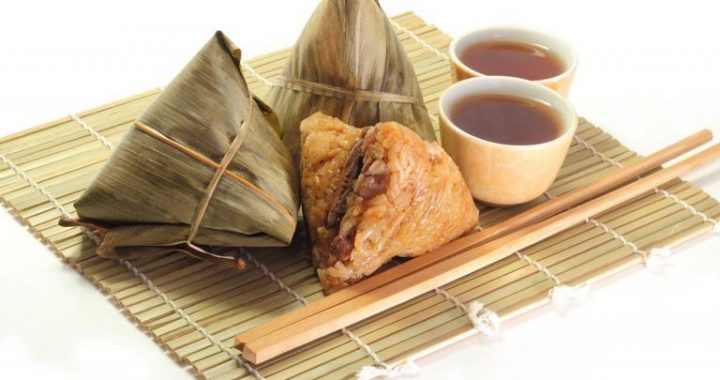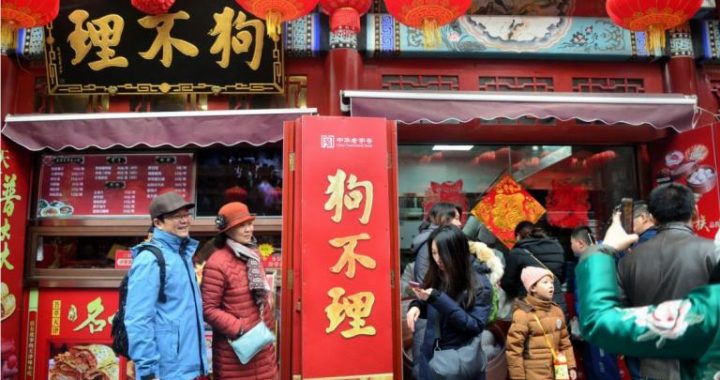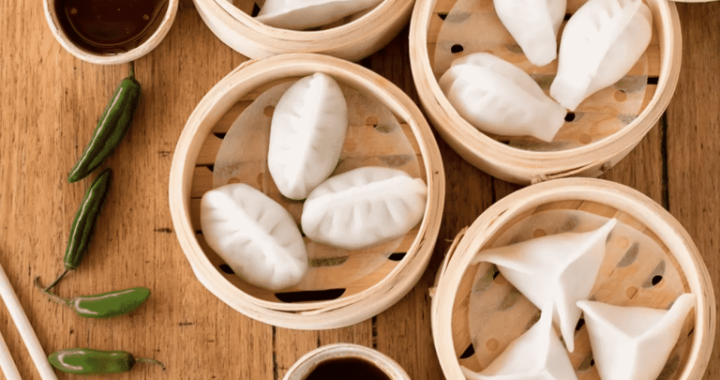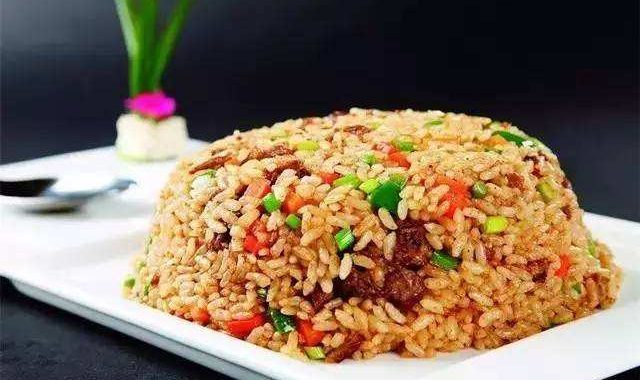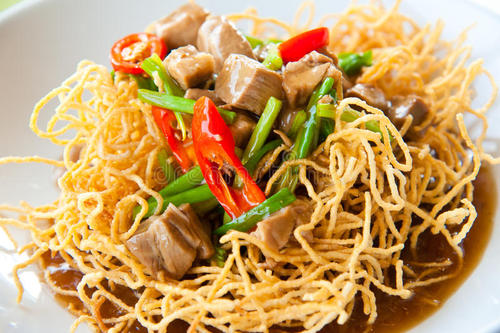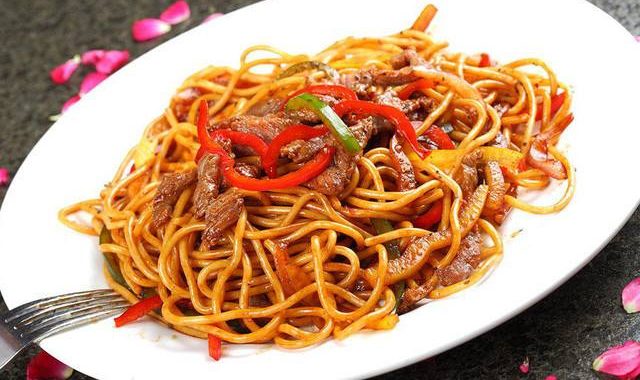Chinese Traditional Foods
10 min readAs explained above, there are many factors that explain the diversity of eating habits around the world. For example, people whose diets are predominantly meat-based are normally found in regions where the population density is relatively low, farmland is not needed or land cannot be farmed. In contrast, people whose diets are low in meat and high in cereals and other plants normally live in places that have high population densities, limited arable land and a limited supply of meat. Of course, thanks to the movement of people, food and information around the world, eating traditions that used to be limited to one area have spread and the way in which people eat has evolved.

Throughout its long history, China has been a key driving force in the development of food and agriculture around the globe. China invented farming methods such as water diversion, canal construction and the use of irrigation to farm mountain slopes. Around 5,400 BC, millet was planted in the Yellow River basin, and loess caves were used to store grain; around 4,800 BC, rice was planted in the Yangtze River basin. The Chinese people then adopted a diet in which grain wasthe staple food, with meat acting as a supplement. This has been the main structure of the Chinese diet ever since.
The Yellow Emperor’s Internal Classic is an ancient Chinese work that describes the diet of the ancient Chinese as follows:”The five cereals are staple foods, the five fruits are auxiliary foods, the five meats are beneficial, and the five vegetables should be taken in abundance.”
Farmers in Anren County, Hunan Province tilling land at the annual tilling commencement ceremony. This is done to thank the Yan Emperor(Holy Farmer) for “tasting all herbs and teaching farmers to cultivate the five cereals”and to pray for favorable weather and bumper grain harvests in the year ahead. This ceremony has a history dating back thousands of years.
They included glutinous millet, broomcorn millet, wheat, beans, fiber crops and rice. Glutinous millet is also called yellow rice and it has tiny, yellow glutinous grains. Broomcorn millet(equivalent to modern millet) is known as “the head of the five cereals.”Both glutinous millet and broomcorn millet originated in China and spread to Europe in the prehistoric period. In ancient times, they were the main grain crops in the north of China. Beans were the main source of edible protein enjoyed by the ancient Chinese people. Wheat and rice did not originate in China. It is generally thought that rice originated in India and Southeast Asia. However, the earliest cultivated rice in the world was discovered in China. It was farmed by the Hemudu culture of the early neolithic period(c.5,000-3,000 BC). Wheat originated in Central Asia and West Asia, and spread to China from the northwest during the neolithic period. Another important crop, sorghum, originated in China, and spread to India and Persia(today’s Iran) in the 1t century AD.
During every Spring Festival, Chinese people use the idiom “bumper grain harvest”to wish for peace and prosperity in the coming year. This shows that grain production has been especially important to the Chinese since ancient times.
China’s long history has not just allowed its people to discover many edible plants, it has also allowed them to find out that most of the nutrients necessary for man’s survival can be obtained from plants. Many of the foods often eaten by Chinese people, such as beans, rice, glutinous millet and millet are rich in protein, fat and carbohydrate.
Wheat was traditionally the main grain farmed by people in the north of China, and people in this part of the country therefore eat a wide variety of wheaten foods. These include steamed buns, pancakes, noodles, steamed stuffed buns, dumplings and wontons.
Villagers in Doilungdeqen County, Tibet performing Tibetan opera to usher in the Ongkor Festival. This festival is widely celebrated in Tibetan agricultural areas. Every year, before their crops are harvested, Tibetan farmers dress in festive clothes and sing and dance while holding “chiema”(five-cereal containers) and highland barley-wine cups.
These items symbolize bumper harvests.
The golden terraced fieids of Miao farmers in Leishan, Guizhou before the harvest.
Common foods in this part of the country therefore include rice along with rice noodles, rice flour, rice cakes, muah chee and rice dumplings. Over time, rice spread from the south to the north of China and wheat spread from the west to the east. Not surprisingly this agricultural change had a big influence on the development of the eating habits of the Chinese.
Pancakes are a wheaten food that appeared early on in China’s history. The earliest preparation method of this foodstuff involved crushing grain into flour, adding water to make dough and thenboiling the dough in hot water. Later, other preparation methods were developed such as steaming, griddling, baking and frying. Pancakes are the most varied type of wheaten food. They can be either thick or thin, stuffed or unstuffed and come in many different sizes. There are also dozens of different kinds of stuffing. Pancakes without stuffing can be prepared using the single-layer or multi-layer method. Highly skilled pancake makers can prepare pancakes with more than ten layers, each of which is as thin as a piece of paper.
Sesame seed cakes are the most popular type of baked wheaten food in China. Though simple, they are delicious and are eaten in both the north and south of the country.
Noodles are another common traditional wheaten food. In ancient times noodles were cooked by simply boiling them in hot water.
A Shui groom in Duyun, Guizhou must carry his bride on his back.A large group of people from the groom’s stockade village must also bring back the “five cereals”and dowry from the bride’s home.
Noodles look simple, but making noodles is not. The manufacture of noodles involves multiple techniques including rolling, rubbing, cutting, pulling, kneading, rolling up, molding and shaving. Noodles are closely related to China’s traditional calendar and customs. For example in the north, there is a custom of eating dragon whiskers noodles on the second day of the second lunar month. This is the time when the dragon is said to raise its head to pray for favorable weather and bumper grain harvests. In some southern areas people eat “New Year noodles”on the first day of the first lunar month. In addition people eat “longevity noodles”during birthday celebrations.A”noodles feast”is also held when an infant becomes one month old.
As said, traditional wheaten foods include dumplings and wontons. People in the south like eating wontons; people in the north like eating dumplings. The raw materials and preparation methods of each are basically the same. Both comprise thin wrappers that are stuffed and then boiled, steamed or fried. They are different in that the shape of a wonton is like a Western nun’s hat, while a dumpling is shaped like an ancient Chinese ingot. Because of their shape, dumplings are seen as a symbol of happiness and wealth. They are therefore an indispensable part of the Spring Festival. Generally speaking, northern dumplings have not changed much in either their form or their content for hundreds of years. Southern wontons, however, keep changing. They are also called by different names in different areas-for example, they are called “chaoshou”in Sichuan,”yuntun”in Guangdong,”baomian”in Hubei and “qingtang”in Jiangxi.
Around the 34 century AD, the Chinese mastered the technique of flour fermentation. This involved using fermentable rice water as an added ingredient to leaven dough. Steamed buns are the most common wheaten food that emerged after the invention of this fermentation technique. Other inventions, such as food steamers and frying pans, also drove the development of new wheaten foods, and made their preparation easier and more convenient.

Cooked rice is the most important staple food of people in the south of China. However,”porridge”is arguably even more representative of traditional Chinese rice foods than rice itself.
Chinese porridge has a history that dates back thousands of years. Various areas have different porridge customs, and there are an innumerable number of porridge varieties, which include ingredients such as cereals, vegetables, fruits, flowers, medicinal herbs and various meats. The traditional method of cooking porridge involves “pouring soup onto rice”. This method has been used in China for a very long time ago.
About 40 years ago, rice and flour were called”refined grains”by Chinese people, and the vast majority of ordinary people could not afford to eat them at every meal. Most people’s main food consisted of the so-called”coarse grains”. These included maize, millet, sorghum rice, buckwheat, oats, yams and beans. Over thousands of years, the Chinese have developed a set of systematic preparation techniques for these coarse grains. For example, millet can be boiled with rice toprepare porridge, or it can be made into pancakes and cone-shaped millet buns. Fresh maize canbe boiled to prepare not only porridge, but also maize cakes, maize pancakes, cone-shaped buns, maize flour dumplings and steamed stuffed buns.
In Nanchong,Sichuan,children in a kindergarten Shanxi has numerous wheaten foods,more than 280 of which are learning to distinguish the”five cereals and have been documented.Of these,pared noodles are well known miscellaneous grain crops”in preparation for the both in China and abroad.In the photo,a cook is paring noodles World Food Day on October 16”.above his head.
According to modern medicine,these coarse grains,which were often eaten in the past by those without the resources to afford other foods,are the best things to eat for a healthy balanced diet and to prevent disease.
Among the other grain crops that exist,soybeans have made the greatest contribution to China food culture.Soybeans were first planted in the Western Zhou Dynasty(1046-771 BC)and were originally farmers’food.They were only accepted by bureaucrats and scholars after it was discovered how to extract bean curd from them(this happened during the Western Han Dynasty(206BC-25AD)).This Chinese invention later spread to Japan.Today,there are more than 100 kinds of bean curd and bean milk products.These include nutritious lactone bean curd which containsprotein,fat and several vitamins and which is also tender,slippery and delicious.Soybeans and soybean products provide the Chinese with an important source of vegetable protein and several quality seasonings. For many Chinese people soybeans are a staple foodstuff. Unlike Westerners, who generally use butter and other animal fat, Chinese people mostly use vegetable oil, of which soybean oil is the most popular(other oils used in Chinese cooking include: rape oil, peanut oil and maize oil). Many kinds of bean curd dishes have been developed and many of these have became staples of the Chinese kitchen.
In Chinese classics of the pre-Qin period(before 221 BC), the commonest fruits that are mentioned are peaches, prunes and dates. Less common fruits include pears, plums, apricots, hazelnuts, persimmons, melons, hawthorns and mulberries. Other fruits such as wolfberries, pear-leaved crabapples and cherries are also mentioned occasionally. Most of these are the fruits of temperate trees that originated in north China or species that spread to China in the prehistoric period. Among these fruits, peaches, prunes, dates and chestnuts are often used as sacrifices or gifts. Peaches spread to Persia from the northwest of China via Central Asia around the 1t and 2d Various wheaten foods for sale on the street in Kashgar, Xinjiang. They have mellow tastes and do not rot easily. They are the main provisions carried by local people when they travel.
They later spread to Greece and other European countries via Persia (at the time Westerners thought that they had originated inPersia). Many fruits originated in the south of China. These included tangerines, grapefruits, mandarin oranges, oranges, lychees, longans, pear-leaved crabapples(also called huahong), loquats and plums.
As the people of ancient China moved from a lifestyle based on hunting and fishing to one based on agriculture(i.e. as they were developing their farming skills) meat was an important non-staple food. In the agricultural phase of the country’s development, the Chinese people called cow, sheep and swine(pigs) the “three sacrifices.”During sacrificial ceremonies or feasts, these “three sacrifices”were the most valued of gifts. Horses, cows, sheep, chickens, dogs and swine were collectively called the”six domestic animals.”Horses and cows were more often used as tools for agricultural production rather than as food(beef was considered a delicacy before the Song Dynasty). In contrast, the Chinese people got into the habit of eating mutton and lamb very early on in the country’s history(lamb was considered to be the superior meat). The shape and original meaning of the Chinese character for “beauty”are related to eating mutton (big sheep were thought to be beautiful). Pigs were also domesticated and eaten early on in the country’s history.
A huge granary consisting of the”five cereals and miscellaneous grain crops”such as rice grains,wheat ears and peanuts.This was built in front of a shopping mall in Xinjiekou,Nanjing to enhance the atmosphere of the Chinese Spring Festival.
Today,pig breeding takes place across China,except in those areas inhabited by ethnic groups that believe in Islam.Pork is the commonest meat eaten in China.Ancient Chinese people had a similar opinion about pork as they did about mutton and lamb:they thought that the meat of young pigs(piglets)was more delicious than the meat of the mature animal.Domestic poultry breeding also has a long history in China.Chinese people invented primitive egg incubators,fostering boxes and many other poultry breeding tools.It is therefore not surprising that eggs are one of the Chinese people’s favorite foods.Other sources of animal protein include fish,which,in ancient times,was particularly important for China’s maritime communities.In ancient China,dogs were also killed for food and,though they were eaten less often than pigs and chickens,dog slaughter used to be a profession.
Two young girls pushing a roller to grind the five cereals and miscellaneous grain crops. They are taking part in a folk-garden party during the Dragon Boat Festival in Beijing in order to experience the simple pastoral life of their ancestors.
As can be seen, in comparison with the Western diet in which meat features strongly, the Chinese diet predominantly features grains, with fish, meat, eggs, milk and vegetables acting as supplementary, non-staple foods. As said above, many nutritionists consider this type of diet to be conducive to health. It is also thought to be a less environmentally destructive diet than one based on meat. Indeed, as more and more Chinese people are becoming aware of the need for their diet to be healthy and environmentally friendly, they are deciding to stop eating meat.

